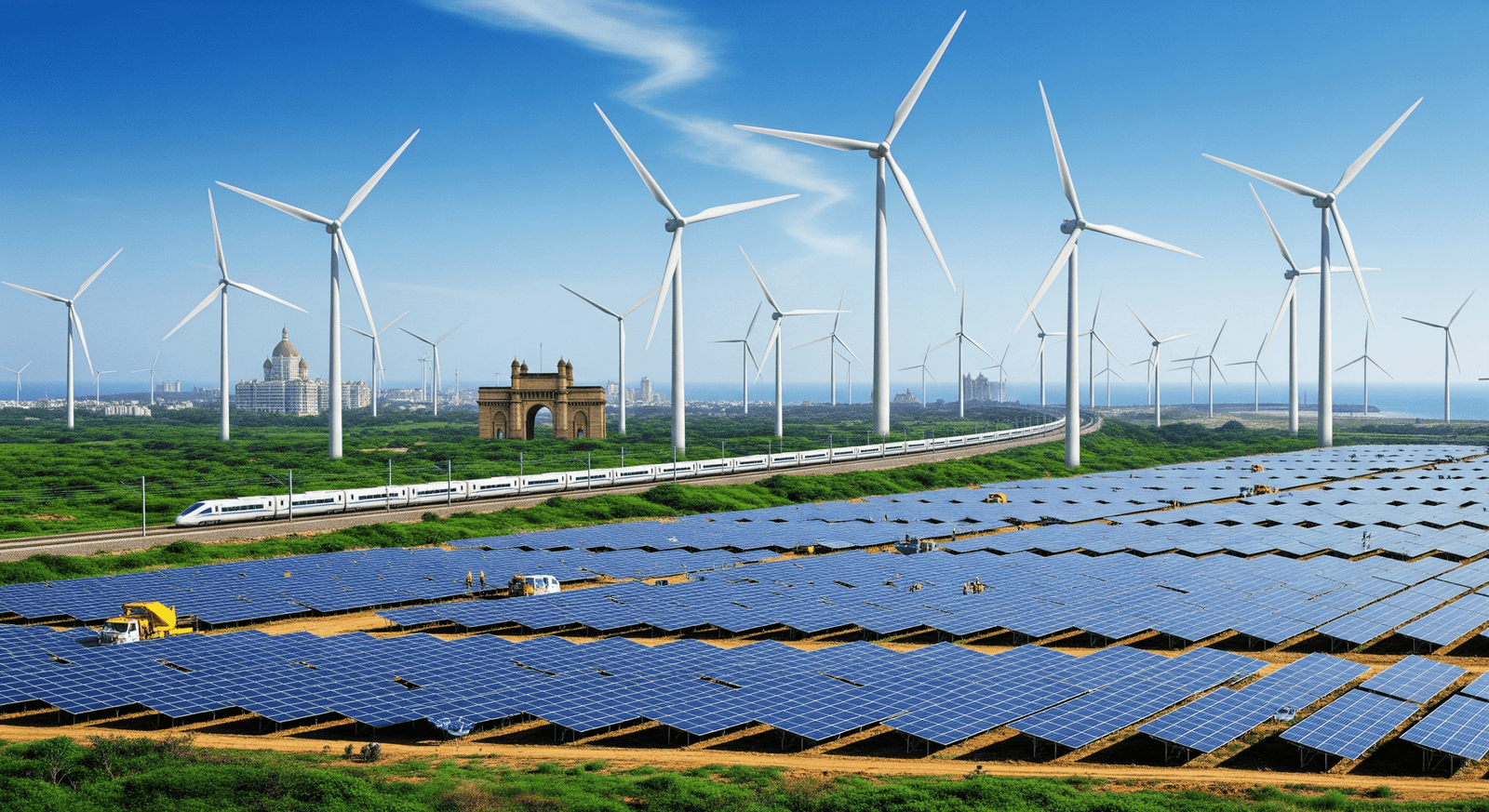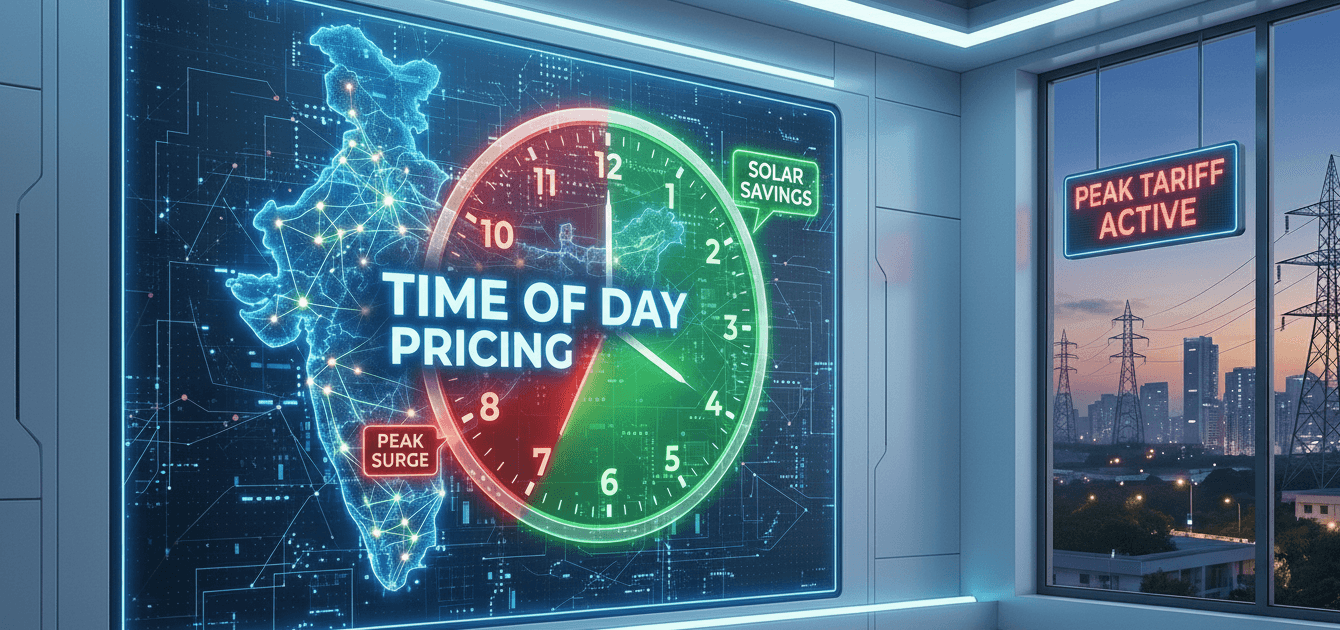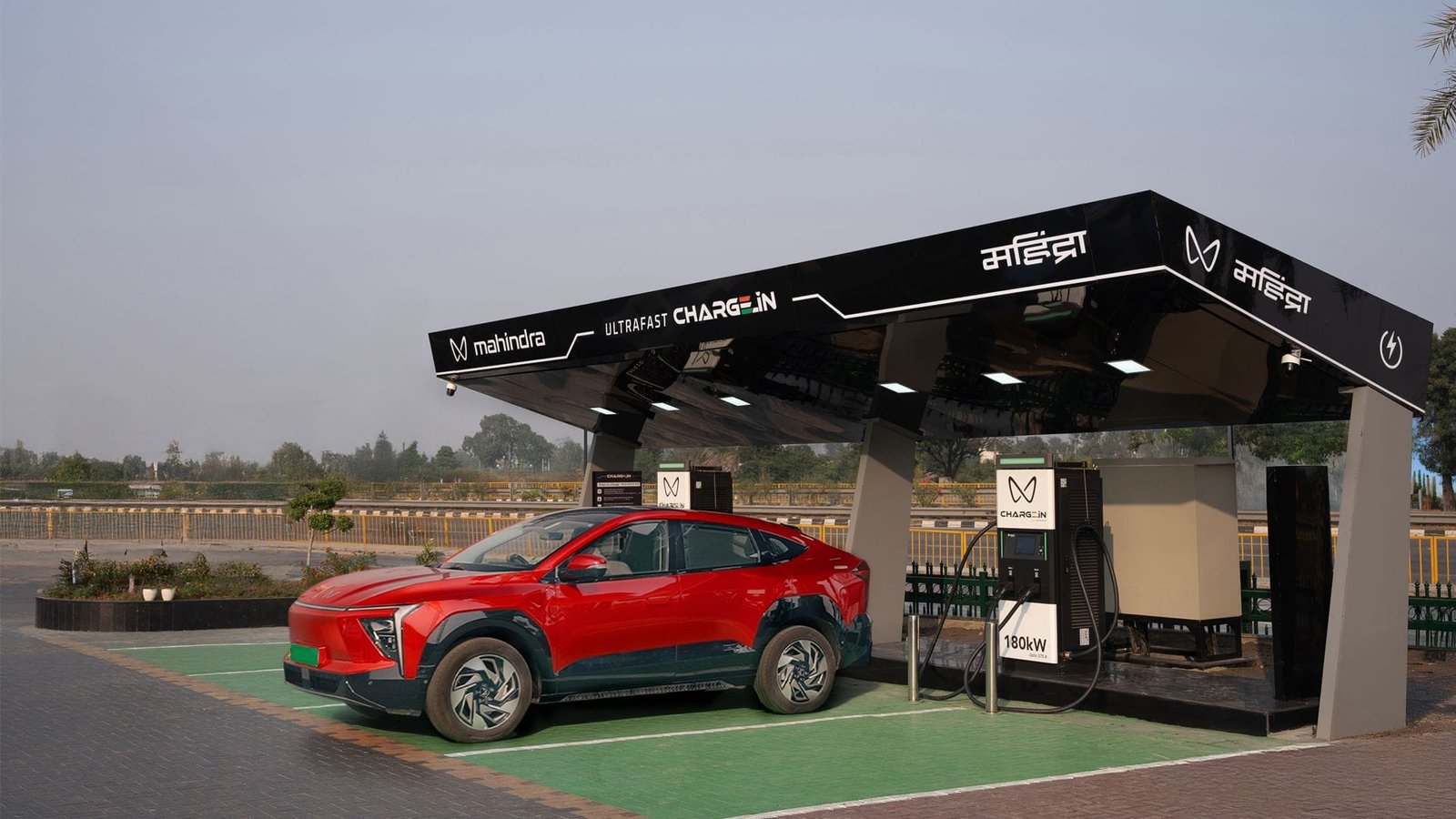Definitive breakdown of 2025’s 22 GW of new capacity, including major states, companies, and projects.
In 2025, India continues to solidify its position as a global renewable energy powerhouse with a remarkable addition of 22 GW of new renewable energy capacity in just the first half of the year. This expansion is an unprecedented leap forward in the nation’s ambitious clean energy transition, driven primarily by solar power but strongly supported by wind and bioenergy projects. As India ramps up efforts to meet its commitment to achieving 500 GW of non-fossil fuel capacity by 2030, the race among states, companies, and projects intensifies.
India’s 2025 Renewable Energy Capacity Expansion: The Numbers
The first half of 2025 saw a record 22 GW of fresh renewable capacity added, marking one of the fastest growth periods in India’s clean energy sector history. Solar energy dominates this surge, representing approximately 18.4 GW, reflecting India’s strategic investment in high solar insolation regions and policy support. Wind energy follows with about 3.5 GW added, while bioenergy contributes close to 250 MW, demonstrating a diversified but solar-centric growth pattern in India’s renewable mix.
Leading States in the Renewable Capacity Race
India’s renewable energy boom is highly concentrated in several key states, each emerging with unique advantages:
- Gujarat stands out as the solar capital, boasting over 20 GW of installed solar capacity. The state’s strategic Rann of Kutch region hosts the planned 30 GW hybrid renewable park combining solar and wind, positioning Gujarat as the uncontested leader in renewable energy infrastructure.
- Maharashtra supports close to 12 GW of solar installations, leveraging its favorable climatic conditions and aggressive policy frameworks such as solarizing agricultural feeders and promoting large-scale open access projects.
- Andhra Pradesh has surged to prominence with 5.4 GW of solar capacity and an ambitious roadmap to add 5,000 MW in the next five years. The state is also fostering local manufacturing capabilities for solar components to ensure sustainable growth.
- Madhya Pradesh remains a strong player with over 5.3 GW of installed solar power, anchored by the landmark Rewa Ultra Mega Solar Park.
- Telangana leverages innovations like India’s largest floating solar plant with a 100 MW capacity, contributing to its total solar capacity of approximately 4.8 GW.
- Uttar Pradesh ambitiously targets 22 GW of new solar power capacity by 2027, with current installations around 3.4 GW, powered by robust state policies like the UP Solar Energy Policy 2022.
Top Companies Driving India’s Renewable Revolution
Corporate leadership is critical in accelerating India’s renewable ambitions. Key players include:
- Adani Green Energy Limited, commanding one of India’s largest renewable portfolios across solar and wind.
- Tata Power Renewable Energy Limited, focusing on rapid expansion and diversification in utility-scale and rooftop solar projects.
- ReNew Power, India’s largest renewable operator, aiming for aggressive capacity growth with significant wind and solar assets across the country.
- Avaada Group, recognized for pioneering solar parks and offering integrated clean energy solutions.
- JSW Energy, expanding its footprint in wind and solar projects to meet growing demand and sustainability commitments.
Flagship Projects Defining 2025
Several hallmark projects underscore India’s renewable energy trajectory:
- The Rann of Kutch Hybrid Renewable Park in Gujarat, planned as a massive 30 GW hybrid park, exemplifies advanced integration of solar and wind resources on an unprecedented scale.
- The Rewa Ultra Mega Solar Park in Madhya Pradesh continues to be a flagship solar power project with a capacity of 750 MW.
- Telangana’s largest floating solar plant with 100 MW capacity demonstrates cutting-edge innovation in utilizing water bodies for clean power generation.
Outlook: Charting India’s Renewable Energy Future
India is on track to exceed 30 GW of renewable capacity additions for the entire year 2025, eclipsing last year’s 28 GW record. Fiscal incentives such as the waiver of Inter-State Transmission System (ISTS) charges are pivotal in lowering project costs and accelerating development pipelines. While thermal power still holds a significant share of actual generation, the renewable energy capacity build-out signals a major shift in India’s energy landscape.
The government’s vision to achieve half of its energy capacity from renewable sources is well within reach thanks to aggressive deployment across solar, wind, and emerging clean energy technologies including bioenergy and nuclear.
Conclusion
India’s renewable energy capacity expansion in 2025 showcases a transformative leap toward a green energy future propelled by strategic state policies, robust project pipelines, and committed corporate players. Gujarat, Maharashtra, Andhra Pradesh, Madhya Pradesh, Telangana, and Uttar Pradesh form the core geography of this growth, with leaders like Adani Green, Tata Power, ReNew Power, Avaada, and JSW Energy spearheading the charge.
This decisive acceleration in renewable capacity not only supports India’s climate goals but positions the country as an indispensable player in the worldwide clean energy transition.
For detailed insights and ongoing updates on India’s renewable energy developments, stay connected with Vecharged.com.
This article uses the latest data as of August 2025 from official government releases and industry reports on India’s renewable energy sector.
https://www.pib.gov.in/FactsheetDetails.aspx?Id=149218
https://www.pib.gov.in/PressReleasePage.aspx?PRID=2120729

Suhas Shrikant is the founder of Vecharged and an engineering enthusiast specializing in high-power off-grid solar systems. He has designed and built over a dozen custom systems and uses his hands-on, field-tested experience to create Vecharged’s expert guides and reviews.














